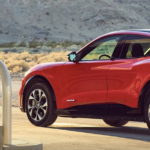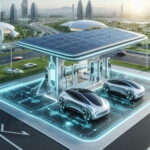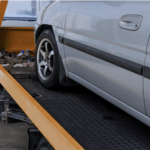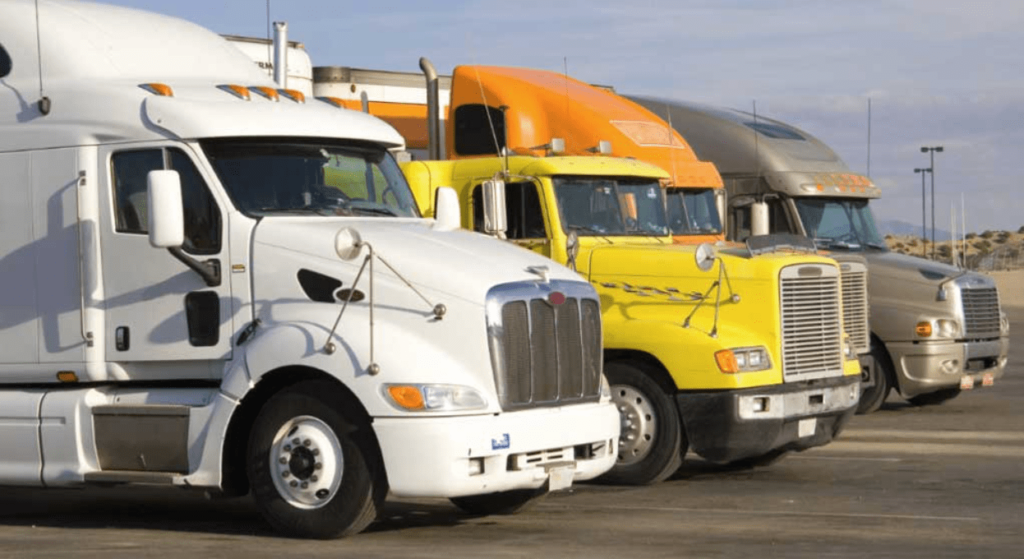The aviation industry has long been associated with significant fuel consumption and carbon emissions. However, with growing environmental concerns and advancements in technology, electric and hybrid aircraft are emerging as game-changers. These aircraft offer the promise of reducing aviation’s carbon footprint, lowering operating costs, and enhancing efficiency. As companies and governments invest in sustainable aviation solutions, the transition to electric and hybrid aircraft is gaining momentum.
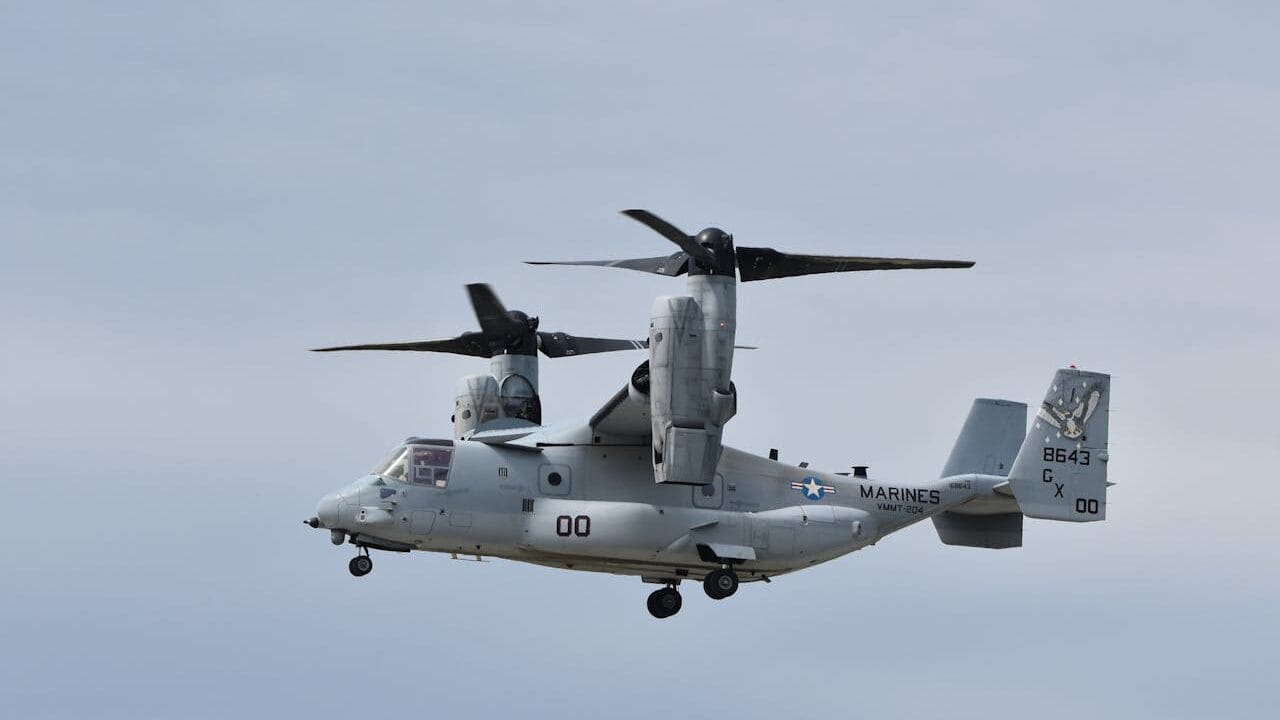
The Rise of Electric and Hybrid Aircraft
The concept of electric and hybrid aircraft is not entirely new, but recent technological advancements have accelerated their development. Traditional aircraft rely on fossil fuels to power jet engines, whereas electric aircraft utilize batteries, and hybrid aircraft combine battery power with conventional fuel-based propulsion. Major aerospace manufacturers and startups are now competing to bring commercially viable models to market. Advances in battery technology, aerodynamics, and airframe and avionics parts have all contributed to this progress.
How These Aircraft Work
Electric aircraft operate using electric motors powered by batteries or hydrogen fuel cells. The absence of combustion engines significantly reduces emissions and noise pollution. Hybrid aircraft, on the other hand, integrate electric propulsion with conventional fuel-based systems, optimizing energy efficiency. These hybrid models often employ a parallel or serial hybrid design, where electric propulsion assists or alternates with traditional fuel engines to enhance range and performance.
A key challenge for fully electric aircraft is battery capacity. Currently, lithium-ion batteries, similar to those used in electric cars, are the primary energy source. However, their energy density is lower than jet fuel, limiting flight range. Researchers are exploring alternatives such as solid-state batteries and hydrogen fuel cells, which could revolutionize electric aviation by offering greater energy efficiency and faster charging times.
Benefits of Electric and Hybrid Aircraft
The adoption of electric and hybrid aircraft brings numerous advantages to the aviation industry.
One of the most significant benefits is environmental sustainability. By reducing or eliminating fossil fuel consumption, these aircraft can significantly cut greenhouse gas emissions. This is particularly important as the aviation industry contributes roughly 2-3% of global CO2 emissions. Governments worldwide are imposing stricter regulations on emissions, making sustainable aviation solutions more attractive.
Another advantage is the reduction in operating costs. Electric aircraft require less maintenance than traditional fuel-powered planes, as they have fewer moving parts and do not require frequent oil changes. Fuel costs, a significant expense for airlines, can be drastically reduced with electric propulsion systems. Lower noise pollution is also a major benefit, making these aircraft ideal for urban air mobility and regional travel.
Challenges and Limitations
Despite their promise, electric and hybrid aircraft face several hurdles before widespread adoption can be achieved. One of the biggest challenges is battery technology. Current battery capacities do not yet match the energy density of jet fuel, limiting electric aircraft to shorter flights. Until energy storage technology improves, hybrid aircraft may be the more viable option for longer routes.
Infrastructure is another barrier. Airports will need to adapt by installing charging stations and upgrading their power grids to support electric aviation. The investment required for these upgrades is significant and could slow adoption rates. Additionally, regulatory frameworks need to evolve to accommodate electric aircraft, ensuring safety standards are met while fostering innovation.
The Future of Aviation
The future of electric and hybrid aircraft is promising, with numerous companies investing in research and development. Aerospace giants like Airbus, Boeing, and Rolls-Royce, alongside startups such as Eviation and Ampaire, are making significant progress in this field. Prototypes of electric aircraft, such as the Eviation Alice and Pipistrel Velis Electro, have already taken flight, demonstrating the feasibility of electric aviation for short-haul travel.
Governments and regulatory bodies are also supporting the transition. The European Union’s Green Deal and the FAA’s sustainable aviation initiatives encourage the adoption of cleaner technologies in the aviation sector. As battery technology improves and production costs decrease, electric and hybrid aircraft will become more accessible to airlines and private operators alike.
Conclusion
Electric and hybrid aircraft are reshaping the aviation industry by providing a cleaner, quieter, and more cost-effective alternative to traditional fuel-powered planes. While there are challenges to overcome, including battery limitations and infrastructure development, ongoing research and investment signal a bright future for sustainable aviation. As technology advances, electric and hybrid aircraft could become the standard for regional and even long-haul travel, helping to build a more sustainable future for global transportation.



